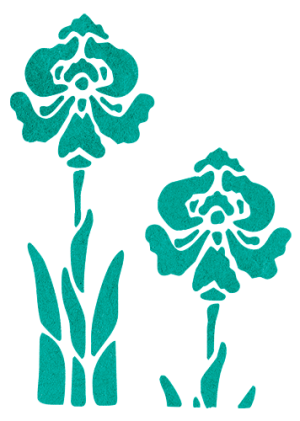teaching Awards:
Weber State Presidential Teaching Excellence Award, 2021
*One of 12 faculty from entire institution
ATHE/KCACTF Region 8 Innovative Teaching Award, 2016
teaching philosophy:
I came in one morning to History and Literature of Theatre I with boxes of donuts and a dry erase marker. I wrote on the board, “I am turning the class over to you this morning. From 9:30-10:20 you are in charge. Enjoy a festive donut.” Unlike most days, when I set my things down at the podium in the front of the room, I took a seat at a table near the back. The students filed in. They read the note. They took a donut. They began to mutter amongst themselves. “Is she mad at us?” “She can’t be. She brought us donuts.” “What are we supposed to do?” They looked at me. I grinned. Finally one student said, “Well, let’s just go through this and figure it out.” They opened their books and their study guides. They began to work through the material on Bakhtin and Carnival together. They muddled through the theory, parsing it out together. It occurred to someone that the Feast of Fools, which the textbook referenced, is in the Disney movie The Hunchback of Notre Dame and they pulled it up on Youtube to show the rest of the class. Finally a student exclaimed, “Oh! I get it! Carnival is a topsy-turvy world! It’s topsy-turvy! We’re teaching the class and she’s sitting with the students!” Pleased with themselves, the class ended at its normal time and the students headed out. On their own they had taken command over the material, taught each other, applied it to things they already knew, and solved problems. I just sat there eating a donut. It was a calculated risk. It was snowing that morning and I thought festive misrule might take the form of a snowball fight.
One of the latest trends in higher education is the “flipped classroom,” which stresses that classroom time be used not for lectures but for activities. This model isn’t a new thing in the theatre where acting, directing, costume design, playwriting, and so forth have always relied on experiential learning. I find it easy to extend this approach out to the Theatre History, Theory and Analysis, or the Introduction to Theatre classroom as well. Students learned more by experiencing festive misrule when they took over the classroom than through any lecture I could give. Similarly, rather than me talking about building character in playwriting class, it is easier to find inspiration when you’ve decked yourself out in a crazy outfit from the costume storage and you have to write in that person’s voice. Dramaturgy means something more when the class works together to create a “Dramaturgy Casino” lobby display for a departmental production of Lucky Stiff. Students are suddenly on the line in Theatre in Secondary Education when they write lesson plans and then we get out to an actual high school and they’re plopped in front of a high school class.
Bloom’s Taxonomy of learning argues that “creating” is the highest form of knowledge because it asks that you take the facts you learned and the skills you’ve practiced and make something new with it. While it is important that students learn information about theatre, and that they build skills in their discipline, I think it is also important that they be given classroom time and space to do something with that knowledge and skills. Research has shown that we retain information more when we make a meaningful connection to our own lives and our own experiences. We are lucky in the theatre because that is what our art is founded upon, and what many of our acting methodologies center on: finding a meaningful connection between a role and ourselves. It is sometimes a little harder to get students to do this instinctively in more esoteric classes like History or Theory, but making these classes based on experiential activities goes a long way. Those who make theatre are also lifelong learners, mastering something new, re-examining old beliefs, solving new problems, building new teams every time we do a production.
It is this final thing, team building, that is also at the root of my teaching philosophy. In order to go on these adventures with me, students have to trust me. They have to trust that I have taught them how to handle the high school students, that there is a reason they’re in the costume shop wearing a funny hat and a pair of gloves, that I have given them the knowledge so that they can figure out why I am sitting in the back row of Theatre History eating a donut. I build this trust by carefully selecting and structuring curriculum materials, respecting their questions in the classroom, reading and offering feedback on multiple drafts of their projects or showings of their scenes throughout the semester, being excited about their ideas, making myself look silly alongside them, teaching them how to evaluate and advocate for their work, and above all by demonstrating how passionate I am about theatre and how I am also always pushing myself as an artist, a teacher, and a lifelong learner. It was a risk to turn the class over that day to the students and to allow them to find their own way, but their exams and their papers demonstrated that it was a risk well worth taking.
Sample SYLLABI:
Theatre History I syllabus F19

